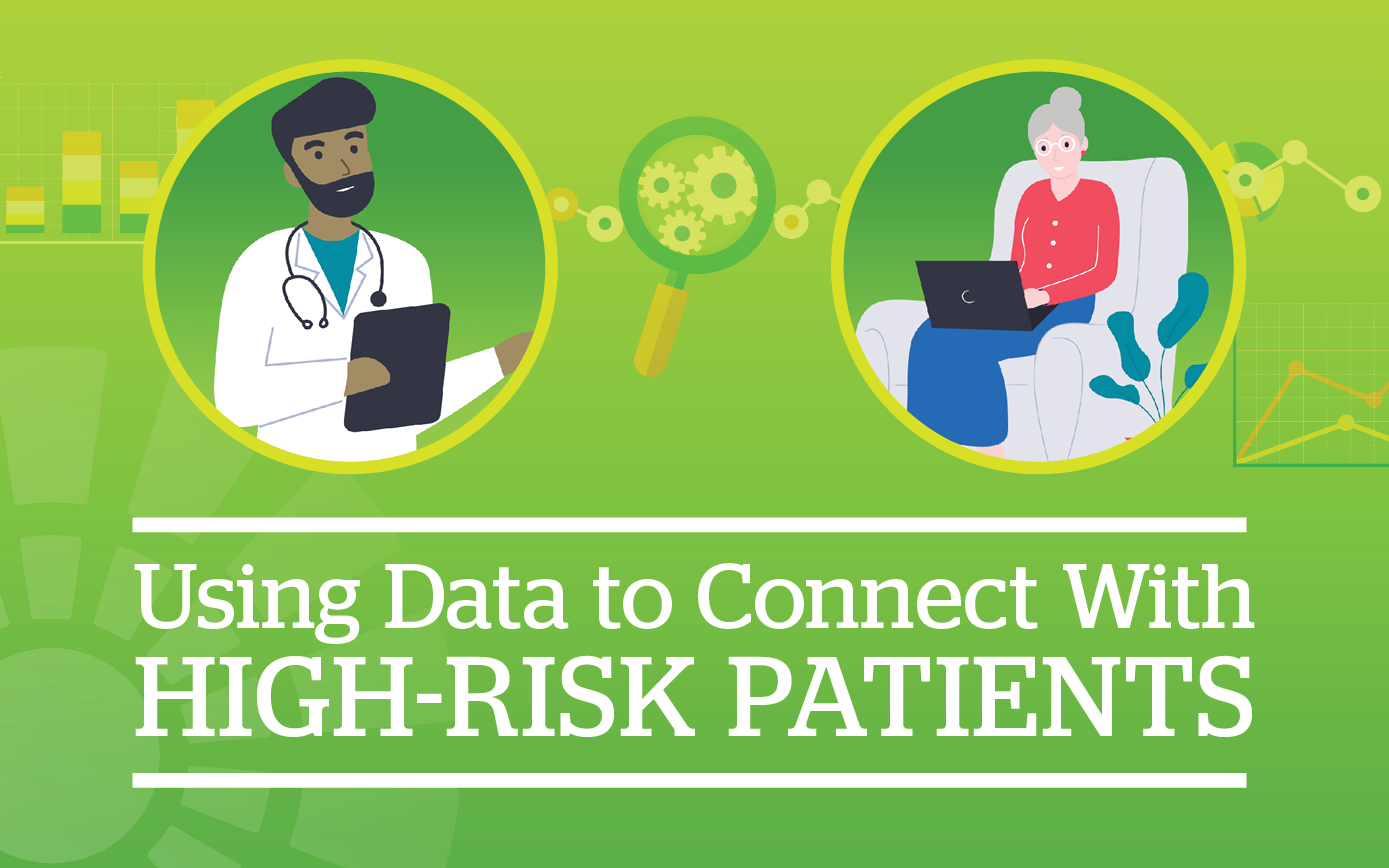
The Center for Health Care Strategies recently featured OneCare’s innovative COVID-19 Care Coordination Prioritization tool in their profile, Connecting with High-Risk Patients When In-Person Visits are Not Possible. The tool is designed to help clinicians identify Vermonters who are at greatest risk for COVID-19 and has been accessed over 350 times by providers in the OneCare network.
Dr. Norman Ward, OneCare chief medical officer, described how the tool can be used to support patient outreach. “When you ask any clinician: ‘Who are your high-risk people?’ Even though doctors are proud to say, ‘I know all my patients really well,’ there’s just no way that you can remember everybody,” said Dr. Ward.
The pandemic presents new challenges for patients unable to receive in-person health care, and outreach calls from providers can connect patients who are at greater risk or isolated. “Staying home saves lives during the COVID-19 pandemic. Yet, many people have been home by themselves for months and may be feeling very isolated,” said Tyler Gauthier, OneCare director of value-based care. “By receiving these calls patients know someone is ‘in this with them’ and they will have a contact person in case they have additional concerns. Over time, practices that have been proactively reaching out to their high-risk patients may find that they have improved engagement of a traditionally hard-to-engage population and have built stronger relationships.”
Number of providers accessing the COVID-19 Care Coordination Prioritization tool as of 5/15/2020
Staying home saves lives during the COVID-19 pandemic. Yet, many people have been home by themselves for months and may be feeling very isolated. By receiving these calls patients know someone is ‘in this with them’ and they will have a contact person in case they have additional concerns. Over time, practices that have been proactively reaching out to their high-risk patients may find that they have improved engagement of a traditionally hard-to-engage population and have built stronger relationships.
Tool Criteria
Criteria used in the tool to identify patients at greatest risk was developed by the World Health Organization, Centers for Disease Control, and Johns Hopkins. The OneCare COVID-19 tool includes social determinants of health data, specifically patients at risk due to social isolation and food access. Other risk factors include age greater than 60 with chronic conditions, frailty score, potential for fragmented care, mental health or substance use conditions, and high healthcare resource usage.
How can this tool be used?
Part of the Center for Health Care Strategies’ Innovations Amid COVID-19 series, the profile describes how the tool can be used by OneCare providers to achieve the following objectives.
1
Providers can identify patients who may have slipped through the cracks in the stay-at-home environment.
2
Providers can organize remote care delivery.
3
Providers can adopt a population health approach to care.
Questions?
Please contact OneCare’s Analytics team at Data@onecarevt.org with any questions about the application.
For more information:
Please contact Public Affairs at OneCare Vermont. public@onecarevt.org | 802-847-1346
To stay up to date on OneCare, please visit our news blog and our social media channels on LinkedIn and Twitter.
